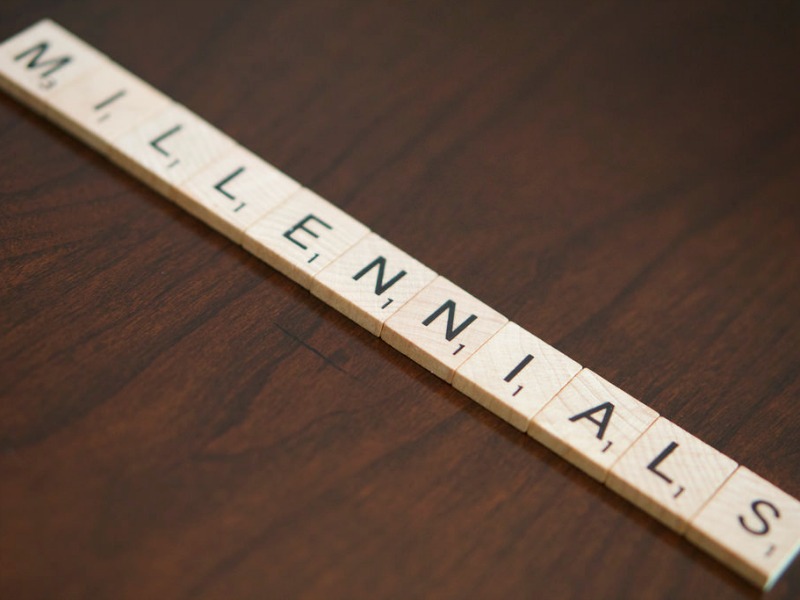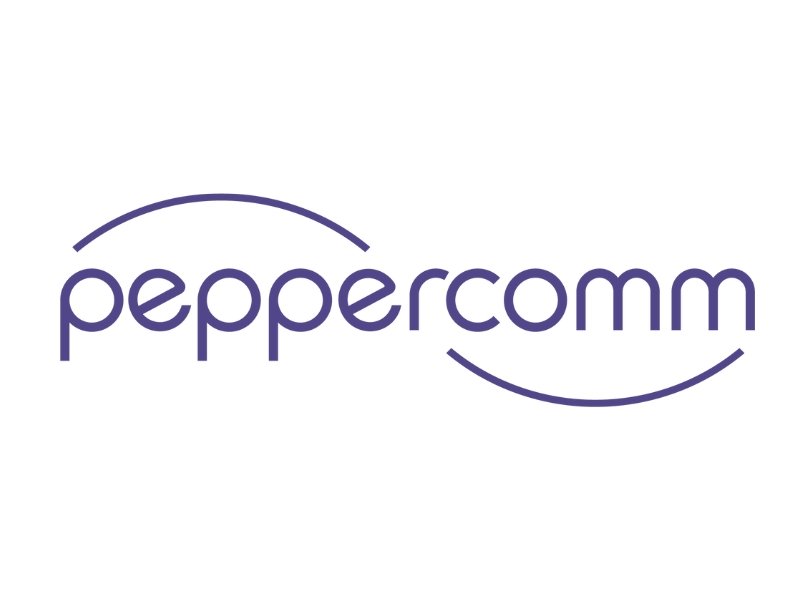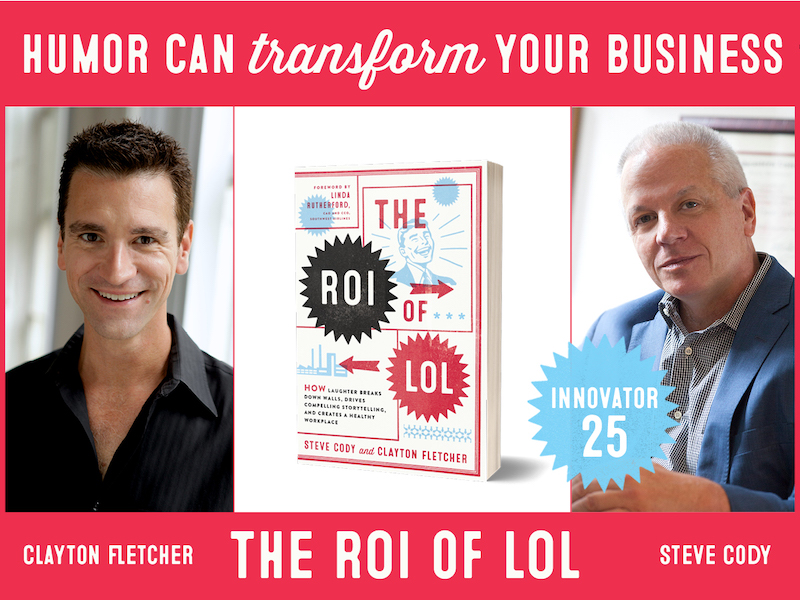Coyne PR 13 Apr 2016 // 5:20PM GMT

“Social media is great for brand storytelling!” That’s been the party line for years, and with good reason. Consumers across traditional age demographics relish their relationships with brands in social media; and we’ve all seen the data on why.
Storytelling…what a wonderful word. Creative, engaging; and when it comes to millennials, possibly a bunch of new age hooey.
The standard approach goes something like this: brand shares brief with creative agency with emphasis on engaging millennials; agency comes up with creative concept, flashy assets, social media content calendar and humorous/sarcastic/snarky/emotional/endearing video content (because everyone knows video is where it’s at); media agency buys eyeballs; brand waits for engagement metrics to roll in.
Except they don’t.
So what gives? They followed the script, held to the “creative process,” connected the dots, put together a great story to tell and leveraged their social media channels to distribute the content.
The big miss when it comes to millennials in social media is the "tell.” Passive content consumers they are not; they are, rather, active content creators. And brands that overlook this fundamental characteristic do so at their own peril.
If brands are in the business of engaging millennials, they need to get out of the business of storytelling; and instead, be in the business of storystarting.
Millennials aren’t so concerned with being a character in the brand’s narrative, which is the conventional approach to social media. Instead, millennials see the brand as a character in their personal narrative; and there’s an ever-expanding body of evidence that backs this up.
Recently, a study was published on shareable content on Facebook. Specifically, the authors analyzed a collection of 2,000 of the most shared Facebook posts created by brands and publishers over a 14-month period, then asked more than 10,000 consumers from different age groups what they felt made the content shareable across four dimensions (social currency, emotion, usefulness and storytelling.)
The authors reported that, among the study participants in the 18-34 age group, “rather than being driven to share content that tells a story in itself, the cohort shared content that enabled them to tell their own story, placing their own experiences at the center of the content.”
Some may suggest that this is nothing new; we’ve known for years about the value placed on social currency, especially among the younger folks. And I wouldn’t argue one bit. But with nearly every creative brief now referencing to some degree “engaging millennials,” it’s critical to recognize the difference between storytelling and storystarting: creatively engaging with these consumers to give them something to start with, and then watching the magic happen.
It’s a scary proposition for many; you now have potentially millions of creative directors handling your most precious asset – your brand. And you don’t get a say in copy review and editing; and these creatives aren’t going to wait for legal review.
But it can also be enlightening and inspiring.
The beauty of a good story is that it’s authentic, whether through the person telling it, the way in which it’s presented or the experience it reflects. That’s where it gets interesting. Imagine if you had the world’s largest and most powerful creative team at your disposal, with millions of creative directors that didn’t have to go through a “brand immersion” to understand your brand essence, and didn’t charge crazy rates. That’s what millennials offer to brands; the authenticity of truly creative and engaging stories.
Just do yourself a favor though: don’t tell them what the story is. They'll tell you.
 By Kevin Lamb, Senior Vice President, Social Media
By Kevin Lamb, Senior Vice President, Social Media


































.jpg)














